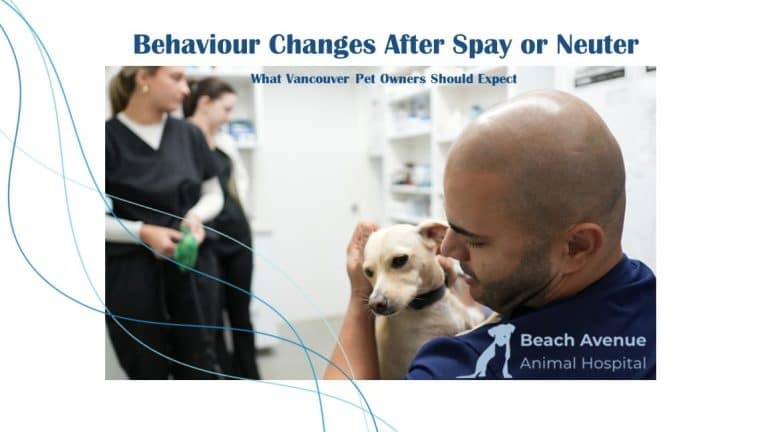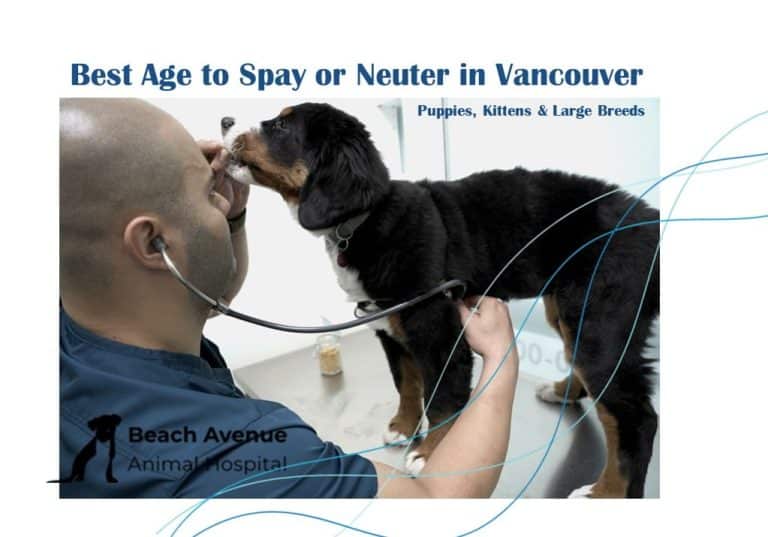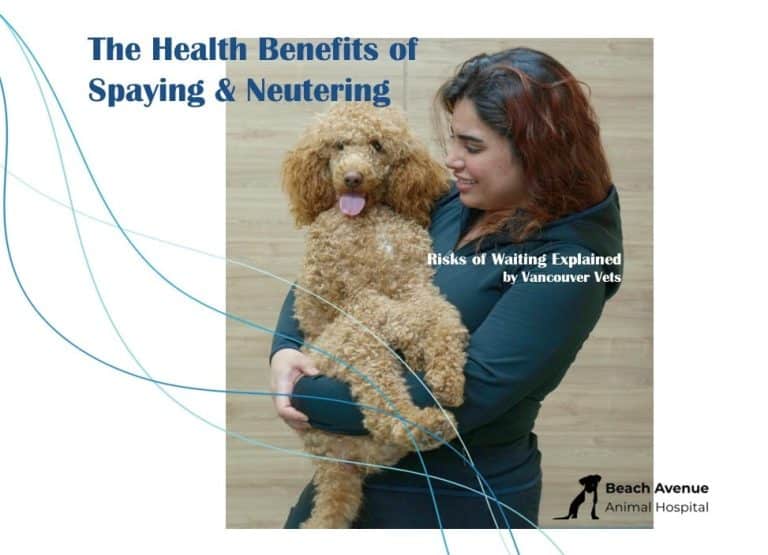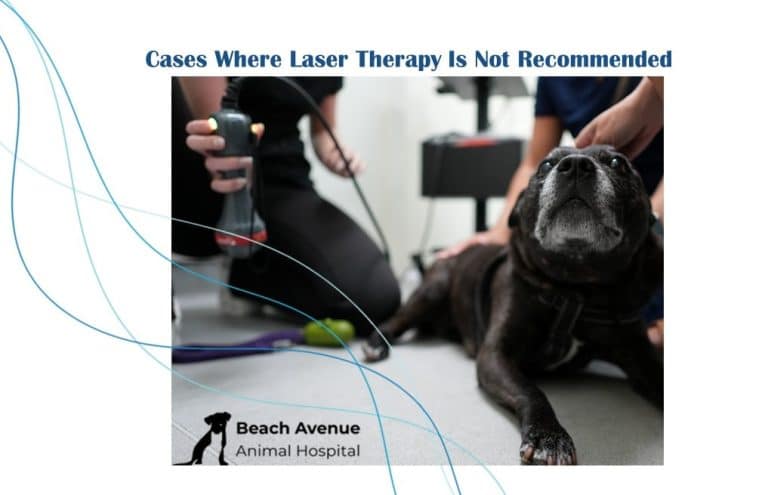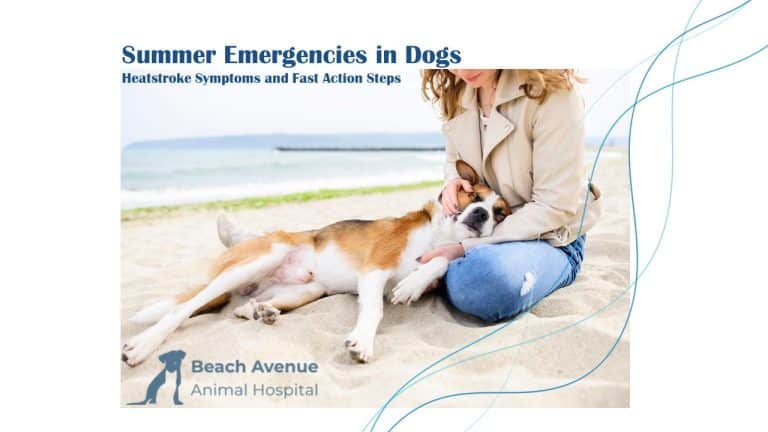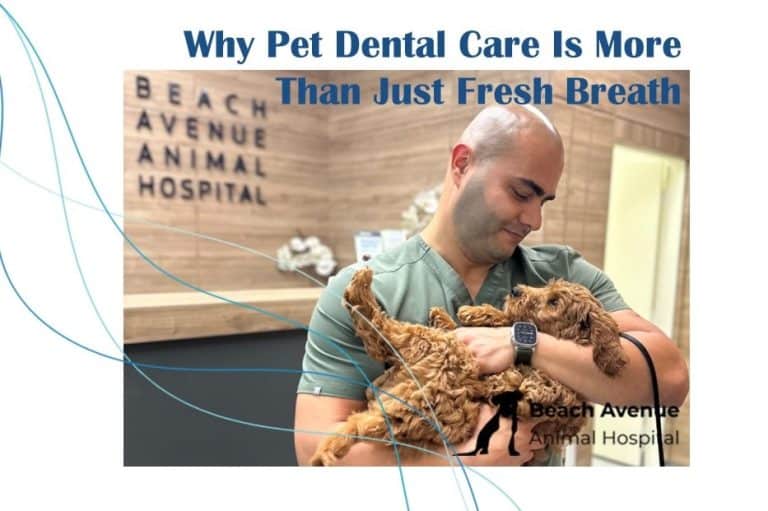Getting your cat to your veterinarian may seem like an impossible task. How does your cat “know” when it’s time for the appointment? And how does your cat suddenly seem to have eight legs when trying to get her into her carrier? She yowls and hisses and you think, “Is it really necessary to get her to the vet?!” The short answer is, YES!
Cats, just like dogs, should have examinations at least once a year. Wellness check-ups allow your veterinarian to identify conditions early on, allowing for better management and better outcomes for your cat. Vaccinations, parasite control, dental care, and regular laboratory tests are important for your pet’s overall wellbeing.
Cat owners love their feline friends and want to take good care of them but at times, cats can make that a little difficult! However, there are steps you can take that will make your trip to the veterinarian a little easier – for both you and your cat!
Choose your carrier. The best type of carriers are sturdy airline carriers with removable tops. This prevents the need for “pulling” your cat out of her carrier. A scared cat is easier to lift out of a top-loading carrier. Be sure that the carrier is big enough to allow your cat to stand up, stretch and turn around. An uncomfortable cat is an unhappy cat. Trying to transport your cat without a carrier is not easy nor recommended. Not only does it make the car ride dangerous, but you don’t know if there might be a dog in the waiting area, ready to chase your cat.
Train your cat to like her carrier. If you only bring the carrier out for veterinary visits, your cat will have negative feelings about the carrier. The carrier should be considered as part of all your cat’s daily “cat care needs” such as food and water dishes, toys, and litterboxes. In other words, leave the carrier out all the time. If your cat has a favorite blanket that she likes to lay on, place it in the carrier to help her get used to it. Keep some toys and treats in the carrier to tempt her to use it. The carrier can be a retreat for your cat when things get hectic around the house. When you see her go in her crate, try rewarding her with affirmative pettings and treats.
Train your cat to like the car ride. Once your cat is feeling comfortable in her carrier, it’s time to get her comfortable in the car! Start out with a few practice runs before actually going to your veterinarian. It’s best not to try this right after your cat has had a large meal, to avoid an upset stomach. A sick kitty will only create another reason for your cat to dislike car rides! Try placing a towel over top of the carrier to muffle road and car noises and help your cat feel more secure. Go for a short drive to allow your cat to get accustomed to the movements and sounds of your car. Don’t just drive to your veterinarian every time your cat goes in the car. Your cat will associate the car with veterinary visits.
Check with your vet. Contact your veterinary health team before your visit to see if there are steps you can take when arriving at the clinic to help your cat stay calm. On arrival at the clinic, find a quiet place to sit. If the waiting room is noisy, ask if there is a quiet room you can wait in. Your cat will sense your stress, so remain calm and speak to your cat in soft tones while waiting to meet with your veterinarian.
In the exam room. Once inside the exam room, talk to your cat in a calm quiet voice, but leave her in her carrier until the veterinary technician or veterinarian arrives. Rather than trying to remove your cat from her carrier, remove the top. With the top removed, much of the physical exam may be able to be done while your cat rests on her favorite blanket. If your cat needs to be removed from the carrier to finish the exam, place the blanket/towel from the crate on the exam table.
Reward! Reward your cat for being a good sport with lots of encouraging words and stroking. Once the exam is over, most cats will happily go back into the carrier because they are ready to go home!
Patience, time, and preparation will help to make veterinary visits easier for both you and your cat.
LifeLearn News
Note: This article, written by LifeLearn Animal Health (LifeLearn Inc.) is licensed to this practice for the personal use of our clients. Any copying, printing or further distribution is prohibited without the express written permission of Lifelearn. Please note that the news information presented here is NOT a substitute for a proper consultation and/or clinical examination of your pet by a veterinarian.


